The History of Dharana at Shillim
Our Story
In 1985, two brothers, William and Denzil, bought a family home in Khandala, a quiet forested hillside escape between Mumbai and Pune.
The brothers spent long weekends away from Mumbai, trekking in the forest, picking wild fruit, and immersed in birdsong. The natural beauty captivated William and Denzil, defining their love for the wilderness. Their escape soon developed into a home away from home, a retreat from the stress of daily life.
The Discovery of Shillim
A few couple of years later, the brothers came across Shillim Valley—a bowl-shaped ecological marvel nestled in the Sahyadri mountain range in the Western Ghats.
It was love at first sight, and they invested in a 500-acres of land.
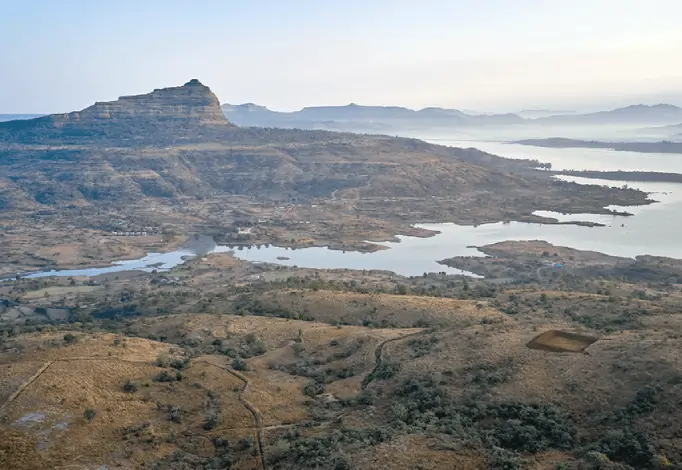
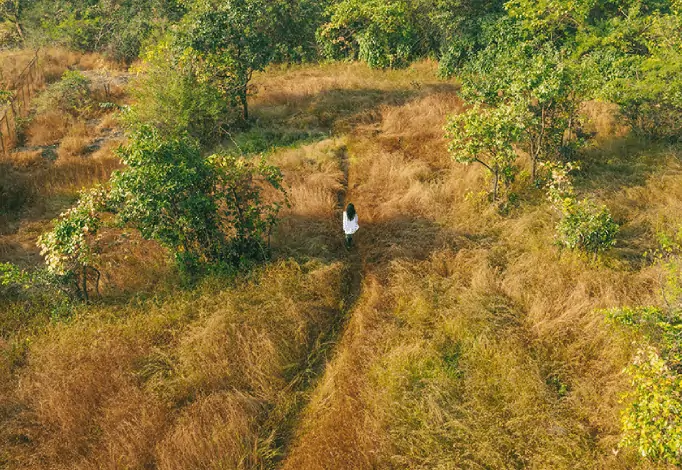
A Journey to Conservation
William and Denzil visited Shillim frequently. Back then, it was an uncomfortable two-hour four-wheel drive trip from Khandala, along broken roads and mud tracks that often washed away in torrential rainfall. One day, they came across the Adivasis, Shillim’s forest people. They were using the “slash and burn” farming method, cutting down and burning trees, with the ash providing nutrients to cultivate new crops.
William and Denzil realised that the only way to preserve Shillim was to buy and conserve the forest. A third of the valley was already scorched, and the entire forest was at risk.
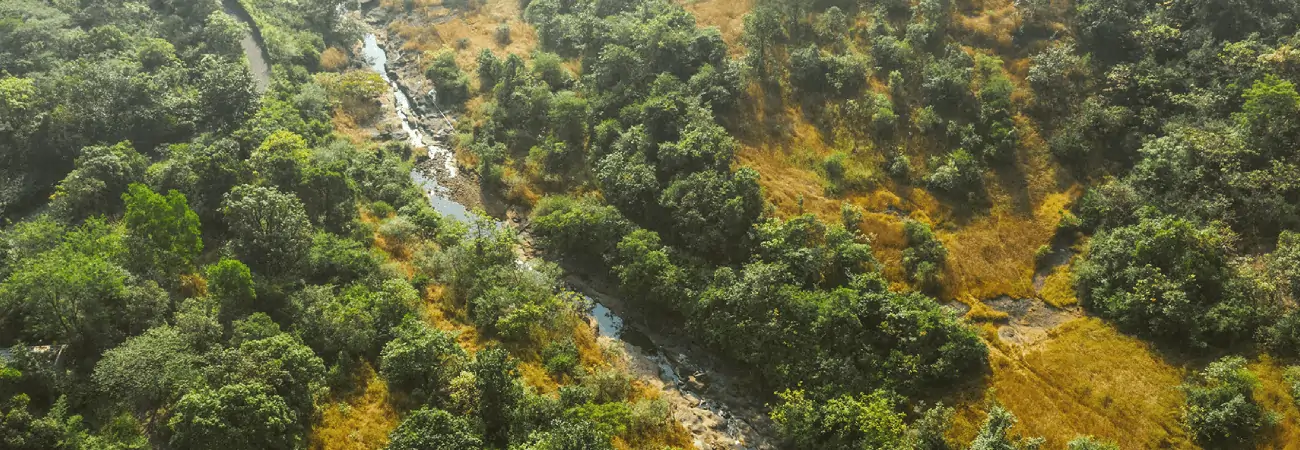
The Need to Conserve
A team was quickly assembled, and the brothers began acquiring the land. The negotiations were challenging, with William and Denzil accused of profiteering entrepreneurs. Finally, after nearly 15 years, they successfully held over 2,500 acres of land in the valley, moving forward with their mission of preserving Shillim.
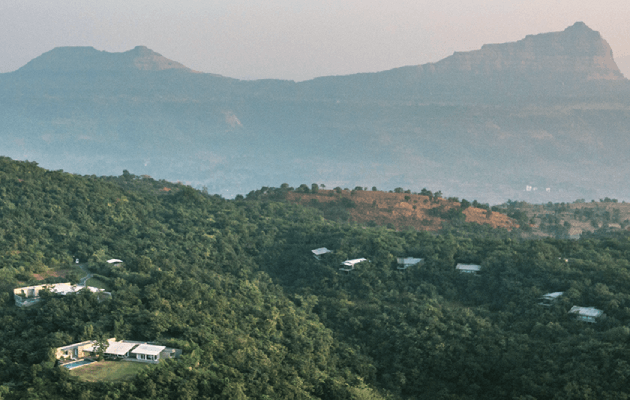
Sustainable Building Initiatives
Attention then turned to the restoration of the forest. Radha Veach, who managed Ganeshpuri Ashram’s gardens outside Mumbai, came on board. He moved into one of the rustic thatched huts on-site, accommodating workers and visitors. These huts were built by a British builder who specialised in earthen and bamboo sustainable homes. They were a test model of how sustainable buildings could work at Shillim.
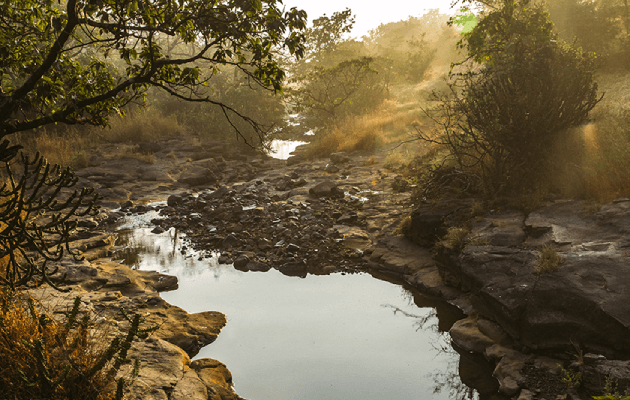
Reforestation Efforts
Radha set up a nursery on the backwaters of Pawna Lake. He gathered seeds from the forest and instigated a planting programme focused on the native trees. The logic was simple. Native trees survive best, and forests regenerate fastest when helped by their own species. Soon, the forest started regrowing, and the decimated landscape was replanted with over 60,000 native trees, watered manually until they could survive independently. The village men were employed to guard the property, extinguish forest fires, stop slash and burn and prevent wildlife hunting while the women worked in the nursery and on the annual monsoon planting programme.
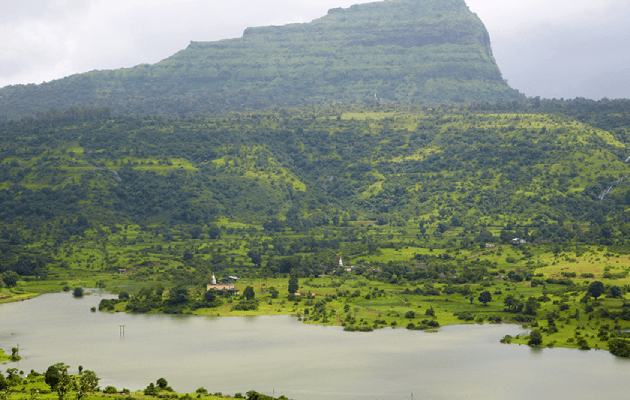
Planning the Eco-Retreat
With the planting programme underway, the brothers looked to the long-term preservation of the forest. Margie Ruddick, a landscape architect and master planner from Philadelphia, USA, and Steven Harris, a New York-based design architect, visited Shillim. After intense discussions and nights out camping, an area of 330 acres was identified for the location of an eco-retreat. A team of Yale architecture students suggested design ideas, which senior architects reviewed to determine the best fit for the project vision and site.
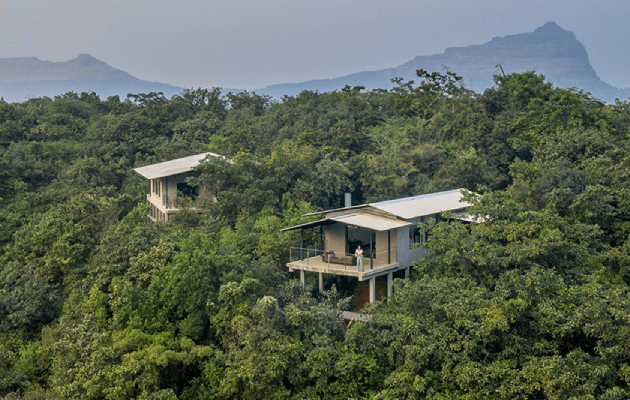
Design & Implementation
The design work continued to progress. On cold winter nights at Shillim, team members would gather around the campfire to discuss building challenges, from concept to design, plans to permissions, and funding costs. It was not easy. The lack of internal roads resulted in long hours of hiking up and down the forested slopes.
The vision was for an eco-retreat built-in nature without disturbing the breathtaking location's natural beauty. Each bedroom would offer a panoramic view and the thrill of living in a forest. Finding the balance between flora, fauna, and human habitation was essential, as was the overall challenge of transforming this paradise pocket into an ecological, sustainable getaway where man exists alongside nature.
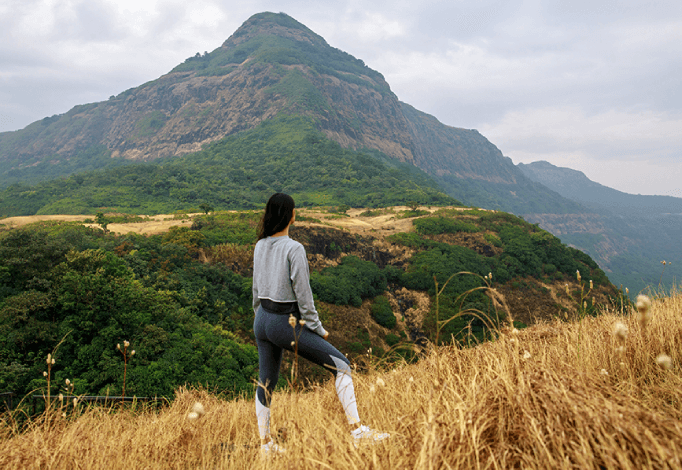
Renewed Vision
During this time, William passed away from cancer, and the family went through their most challenging period yet. Whilst the conservation programme continued, the eco-retreat was at a standstill. To move forward, the project needed a renewed purpose. That purpose was to heal a family suffering from the sudden loss of a mentor and much-loved family member.
Vision for Wellbeing
After months of soul-searching, there was a shift in vision. The project would be much more than just an eco-retreat. It would be one of the world’s foremost wellbeing destinations, a serene sanctuary for body, mind and soul. Wellbeing programmes would combine with a culinary studio, horse riding farm animals knowledge sharing with creative expression and organic farming complement deep meditation practices and treatments – a pathway to understanding the interconnectedness between nature and the Self, raising your conscious vibrations.
Once the project restarted, the baton passed onto a new team led by William’s second son, Gavin. His relentless dedication broke down barriers. Dharana at Shillim finally opened in 2013.
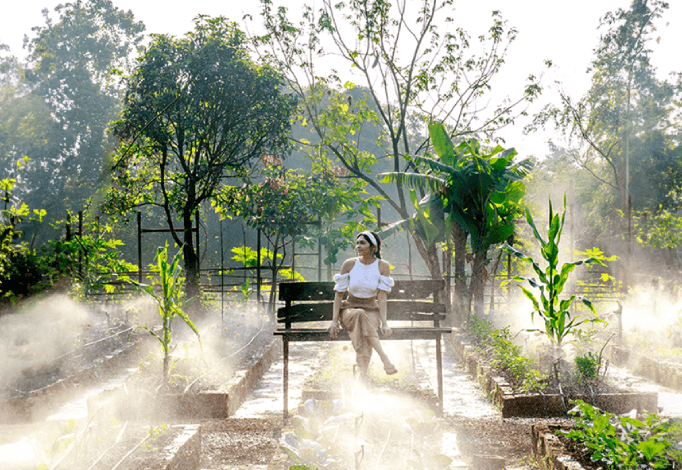

Dharana at Shillim today
Today, Dharana at Shillim remains the guardian and owner of the Shillim Valley, continuing to conserve the stunning estate, including over a million trees and many species of flora and fauna. The retreat has developed a more formal mission: “To generate ideas and facilitate positive action in conservation, sustainability and healing,” beginning with the Shillim Valley and extending to other like-minded projects worldwide.
A Global Blueprint for Wellbeing
It took 25 years to acquire and conserve the valley and 10 years to design and build the project. Each individual involved made an invaluable contribution. Still, it’s hard to say what kept it going and how everything came together.
Did Dharana emerge from the energy and power of the valley? Was it sheer determined stewardship or destiny? Whatever it was, it worked. Dharana at Shillim now stands as a global blueprint for how a wellbeing retreat can represent the principles of sustainability, conservation and healing. We are committed to conserving this unique part of India, all our retreat operations – from farm to food – operate to a model of sustainability, and our mission is rooted in the philosophy that healing the personal can help heal the planet. Together we are stronger.
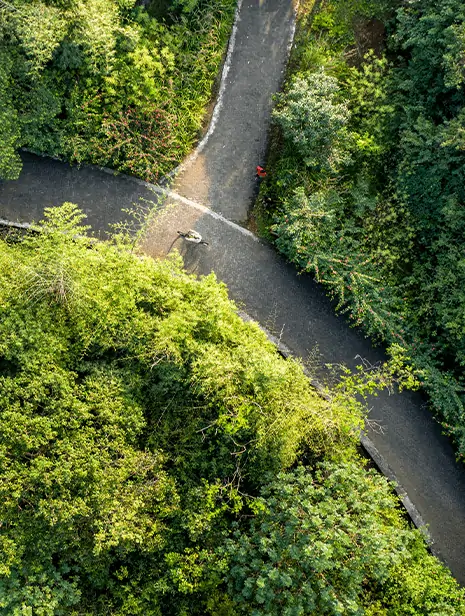
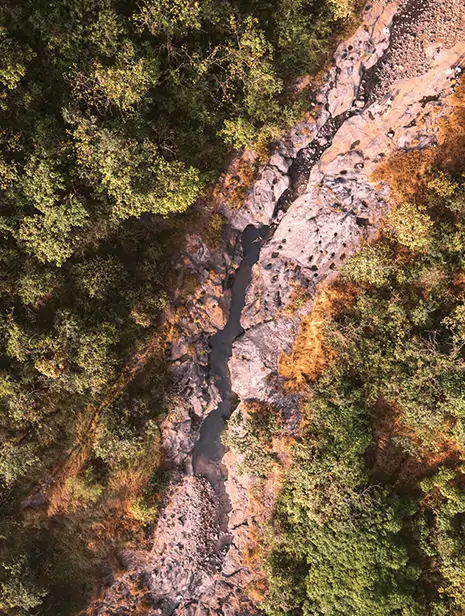
STEP INTO THE DHARANA WAY OF LIFE
To pick the perfect wellbeing programme for your needs contact us, in the strictest confidence, with some initial personal details. We’ll then be in touch to help guide your choices.




